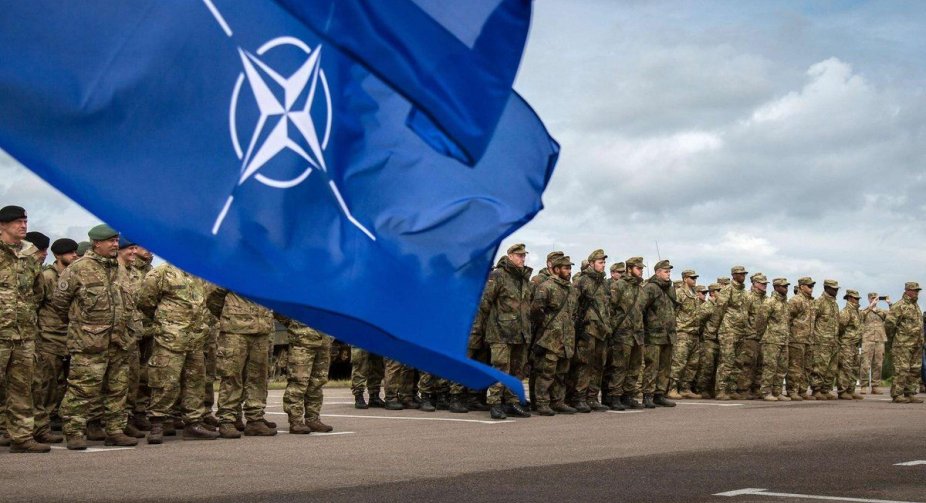NATO In the coming months, the alliance will intensify efforts to stockpile weapons along the alliance's eastern border and allocate tens of thousands of military personnel who can go to the aid of the allies at the first request.
Politico writes about it.
However, for this to happen, NATO must convince individual countries to provide various elements: soldiers, training, infrastructure improvements - and, most importantly, large quantities of expensive weapons, equipment and ammunition.
With countries already concerned about their own and ammunition stocks, and Ukraine in dire need of additional ammunition and weapons from allies, there is a risk that not all NATO allies will fulfill their promises to contribute to the alliance's new plans.
This spring, military leaders will present updated regional defense plans that will help overhaul how the alliance protects its 1 billion citizens, according to the newspaper.
The number of troops will be significant: officials say that up to 300,000 NATO troops are needed to implement the new model.
According to Heinrich Braus, former NATO assistant secretary general for defense policy and force planning, the first echelon, which could consist of about 100,000 troops ready to deploy within 10 days, could be formed from Poland, Norway and the Baltic states (Estonia, Latvia and Lithuania). They may also include multinational battle groups that the alliance has created on the eastern flank.
A second echelon of troops will support these soldiers, ready to deploy from countries such as Germany within 10 to 30 days.
But the process can be difficult because such a rapid rollover, even within a month, requires a lot of people, equipment, training and a lot of money.
When NATO's military plans are ready, capitals will be asked to give their input - and ultimately provide troops, planes, ships and tanks for various parts of the plan.
"We are asking the countries - based on the conclusions we have drawn from the results of the three regional plans - what we need to make these plans ... feasible. I think the most difficult part is procurement," said a senior NATO military official.
Some allies have already recognized that much more investment will be needed to meet NATO's needs.
As a reminder, the US Army Garrison in Poland, a unit that will support the presence of US troops in Poland, will be established in March.
